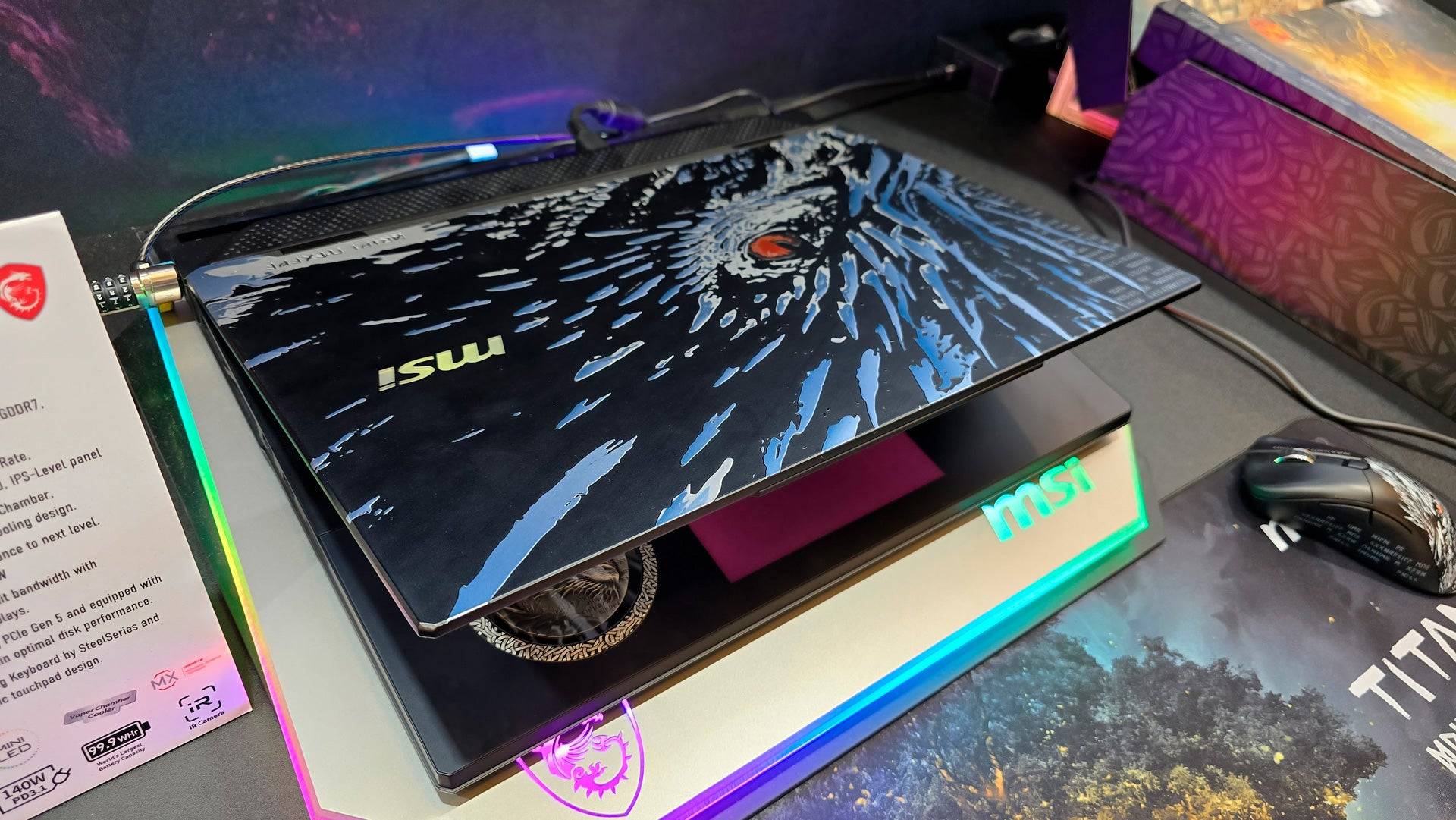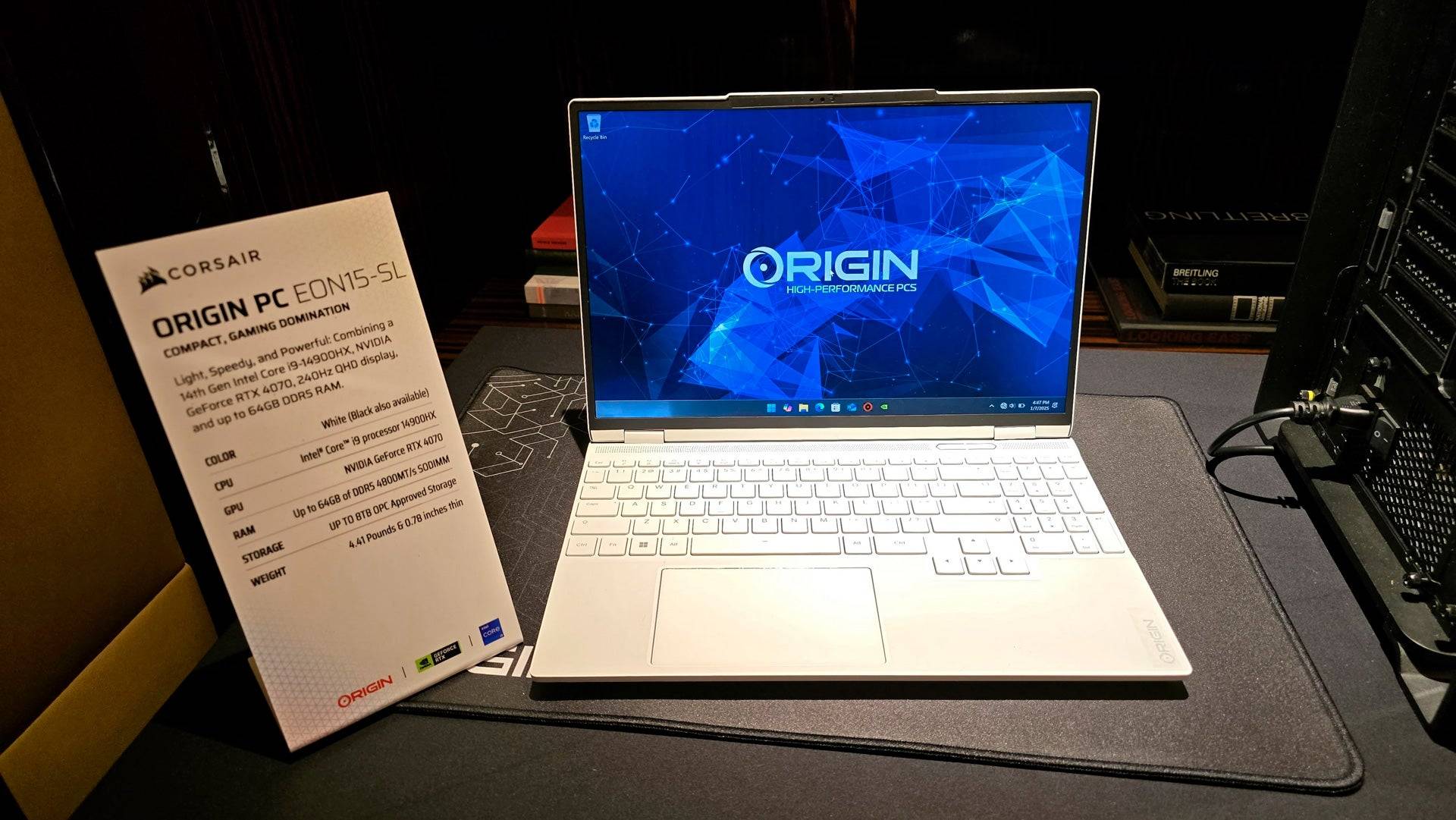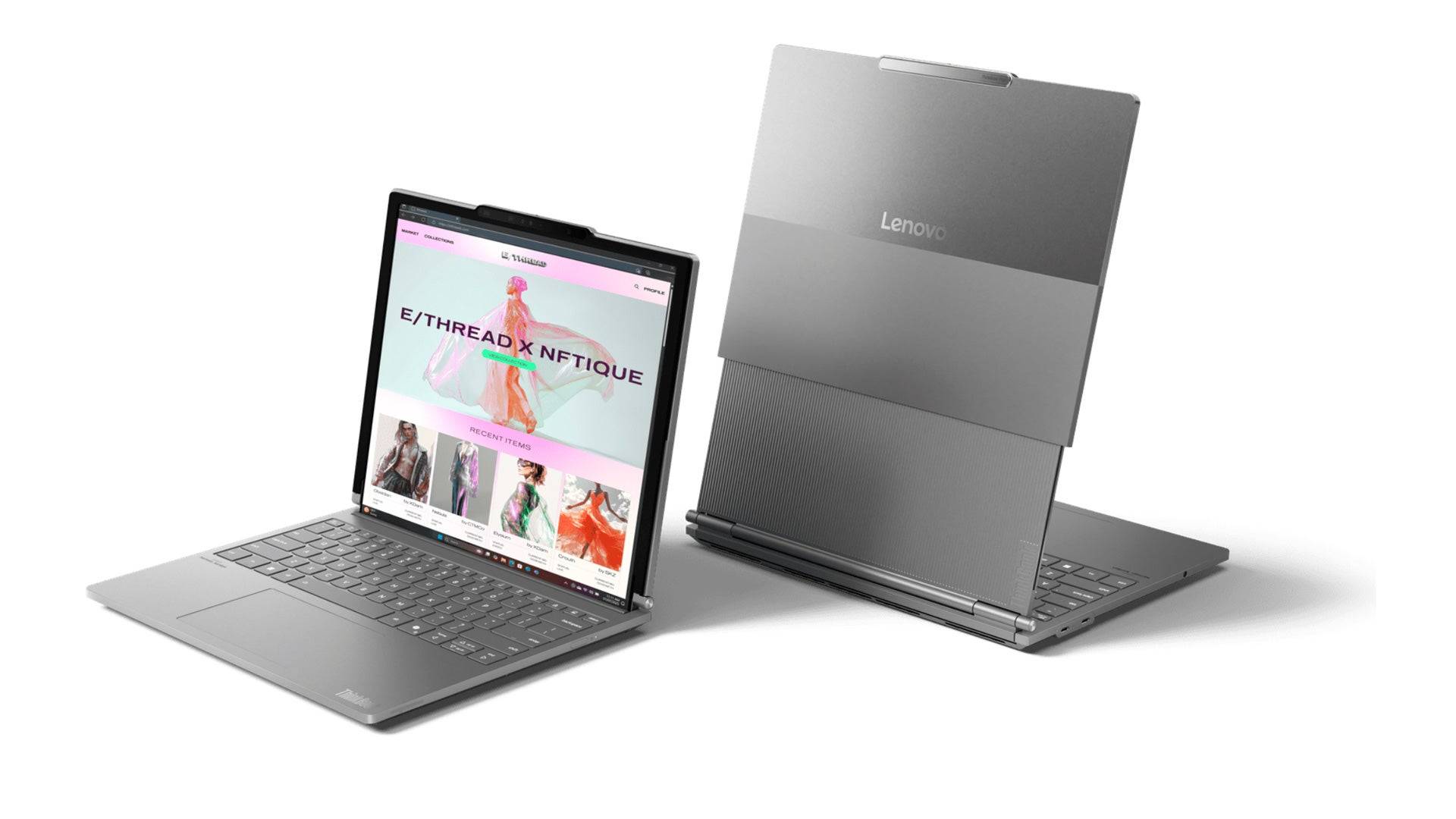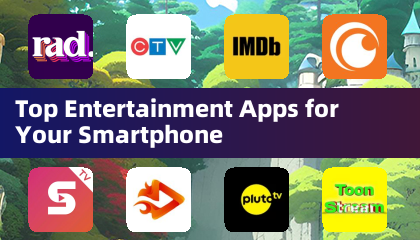CES 2024 showcased a plethora of gaming laptops, revealing key trends shaping the market. This overview highlights the most significant developments.
Diverse Designs: A Spectrum of Styles
While gaming laptops have always offered diverse aesthetics, this year's selection felt particularly expansive. Manufacturers like Gigabyte and MSI are blurring the lines between productivity and gaming machines, emphasizing design elements beyond raw hardware capabilities.
This translates to a broader range of choices. Sleek, professional designs like the Gigabyte Aero series cater to users seeking understated elegance, while others, such as the MSI Titan 18 HX AI Dragonforged Edition, boldly showcase their gaming pedigree with eye-catching graphics.
 RGB lighting remains a staple, with innovative implementations like wrap-around rings, illuminated keyboards, and even trackpad lighting. The Asus ROG Strix Scar series impressed with its AniME Dot Matrix LED display, capable of displaying text and animations. While not revolutionary, expect a mix of traditional bulky designs and slim, lightweight options with varying hardware configurations.
RGB lighting remains a staple, with innovative implementations like wrap-around rings, illuminated keyboards, and even trackpad lighting. The Asus ROG Strix Scar series impressed with its AniME Dot Matrix LED display, capable of displaying text and animations. While not revolutionary, expect a mix of traditional bulky designs and slim, lightweight options with varying hardware configurations.

The Rise of AI Assistants
AI integration in laptops gained momentum last year, but often fell short. This year, several vendors demonstrated more sophisticated AI assistants, enabling PC control without dedicated software.
One MSI demo showcased an AI assistant automatically optimizing performance settings based on the specified game. While potentially convenient, the practical speed advantage over manual adjustments remains to be seen. The offline functionality and overall capabilities require further evaluation.
Mini-LED, Rollable Screens, and Other Innovations
Mini-LED technology is finally making significant inroads into the gaming laptop market. Asus, MSI, and Gigabyte all showcased Mini-LED laptops with high-end specifications and pricing. These displays boast over 1,100 local dimming zones for improved contrast and brightness, and vibrant colors. While OLED still holds an edge in contrast, Mini-LED's lack of burn-in risk and higher sustained brightness make it a compelling alternative.
Other novelties emerged. The ASUS ROG Flow X13 returned with USB4 eGPU support, eliminating proprietary connections. Paired with a new eGPU offering up to an RTX 5090, it offers impressive expandability. Lenovo's ThinkBook Plus Gen 6 Rollable, while not strictly a gaming laptop, introduced a rollable OLED display, expanding from 14 inches to 16.7 inches. While its durability remains a concern as a first-generation product, it represents a significant step forward in display technology.

Ultrabooks: A Gaming Powerhouse
Ultrabooks are increasingly prevalent in gaming lineups. Major manufacturers are adopting this thin, light, and premium design, exemplified by Gigabyte's redesigned Aero series.
These Ultrabooks offer a compelling balance between portability and gaming capabilities. With modern processors from AMD and Intel, coupled with features like AMD FidelityFX Super Resolution and Intel XeSS, even integrated graphics can handle demanding games at acceptable settings. Cloud gaming services like Xbox Cloud Gaming and Nvidia GeForce Now further enhance gaming options on these machines, potentially reducing the need for dedicated graphics cards.

The gaming laptop landscape is evolving rapidly. These trends suggest a future with more diverse, powerful, and versatile machines. What are your thoughts on these developments? Share your opinions in the comments!















